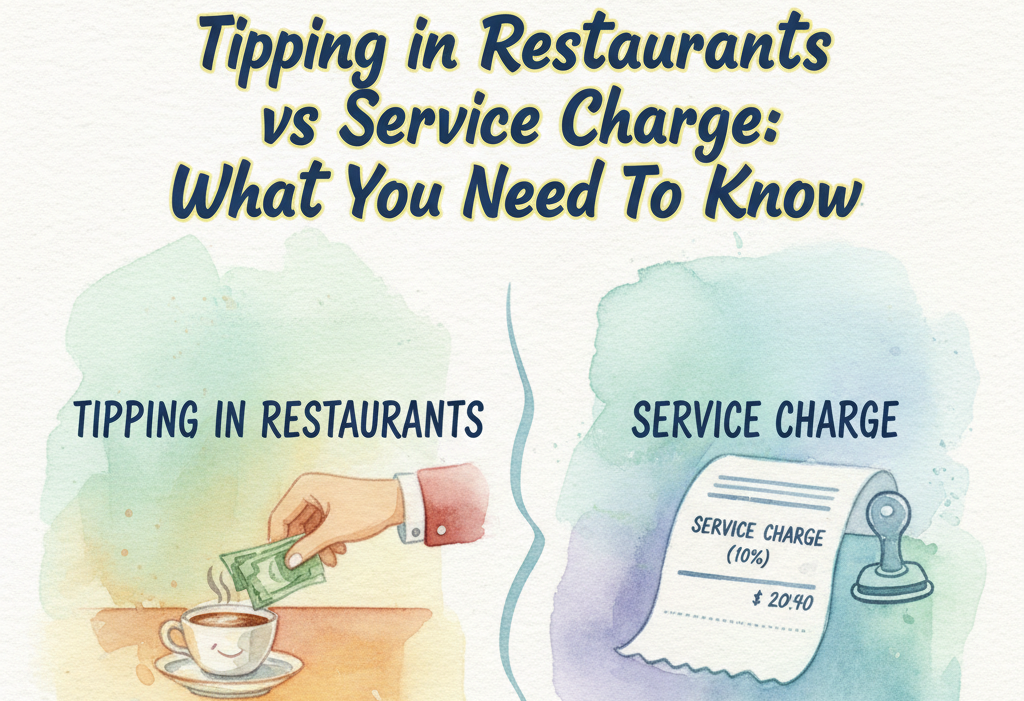Food costs, labor costs, and other miscellaneous expenses bleeding your restaurant dry in 2024? Implement these Restaurant Cost Control tips!
Running a successful restaurant requires not only a passion for food and excellent service but also effective cost control. Without proper management of expenses, even the most popular eateries can struggle to stay afloat. In this comprehensive guide, we will explore the golden rules for restaurant cost control that can help you maximize profits and ensure long-term success. Whether you’re a restaurant owner, manager, or aspiring entrepreneur, these strategies are essential to understand and implement. Let’s dive in!
Rule #1: Analyze and Track Expenses
To gain control over your restaurant’s costs, the first step is to analyze and track your expenses. This includes both fixed costs (rent, utilities, salaries) and variable costs (ingredients, supplies). Regularly review your financial statements and use software tools to help track expenses in real time.
Rule #2: Develop Accurate Costing Methods
Accurate food and beverage costing is crucial for managing costs effectively. Utilize recipe costing software to calculate the cost of each menu item accurately. This allows you to set appropriate menu prices that cover your expenses and generate profit.
Rule #3: Implement Inventory Management Systems
An efficient inventory management system is vital for minimizing waste and controlling costs. By monitoring inventory levels, setting par levels, and using digital tools for tracking, you can reduce overstocking, theft, and spoilage. This, in turn, leads to better financial control.
Rule #4: Optimize Menu Engineering
Menu engineering involves strategically designing your menu to promote high-profit items and optimize sales. Categorize items based on popularity and profitability, and highlight them using design techniques. Regularly review and update your menu to ensure it remains cost-effective and appealing to customers.
Rule #5: Train Staff on Cost-Consciousness
Educating your staff about the importance of cost control and providing training on cost-conscious practices can make a significant difference. Teach them to measure ingredients accurately, avoid wastage, and use portion control. Motivate and incentivize them to contribute to cost-saving efforts.
Rule #6: Leverage Technology for Efficiency
In today’s digital age, various technology solutions can streamline operations and reduce costs. Invest in point-of-sale (POS) systems, automated inventory management, and online reservation systems to increase efficiency, minimize errors, and save time and money.
Rule #7: Evaluate Suppliers and Negotiate Discounts
Regularly review your supplier contracts and evaluate their pricing and quality. Shop around for alternative suppliers and negotiate discounts based on volume or long-term contracts. Building strong relationships with trusted suppliers can result in significant cost savings.
Rule #8: Minimize Food Waste and Spoilage
Food waste is not only detrimental to the environment but also impacts your bottom line. Implement strategies to reduce food waste, such as accurately forecasting demand, donating excess food to charities, or repurposing leftovers creatively. Regularly monitor and analyze waste to identify potential areas for improvement.
Rule #9: Continuously Monitor and Adjust
Lastly, effective cost control requires continuous monitoring and adjustment. Regularly review your financial reports, track the success of your cost-saving strategies, and make necessary adjustments as needed. Staying proactive in managing costs ensures long-term success.
Implementing proper cost control measures is essential for any restaurant’s success. By following these 9 golden rules, you can streamline your operations, reduce expenses, and maximize profits. Remember, cost control should be an ongoing process that evolves with your business. Stay vigilant, continuously improve, and reap the rewards.



